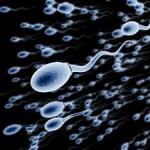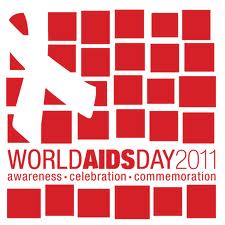 It's generally known that women's genital tissue is more susceptible to the HIV virus that causes AIDS. Researcher are studying the various types of epithelial cells in the reproductive tract and the possible protective role of mucus to try to determine what makes women more vulnerable to the spread of this virus. A new study supported by the National Institute of Child Health and Human Development (NCHID) at the NIH found that an immune system protein normally found in semen may enhance the spread of HIV to tissue from the uterine cervix. The protein interleukin 7 (IL-7) belongs to a family of proteins that regulates the immune response and is present normally in semen but at even higher levels in the semen in men with HIV.
It's generally known that women's genital tissue is more susceptible to the HIV virus that causes AIDS. Researcher are studying the various types of epithelial cells in the reproductive tract and the possible protective role of mucus to try to determine what makes women more vulnerable to the spread of this virus. A new study supported by the National Institute of Child Health and Human Development (NCHID) at the NIH found that an immune system protein normally found in semen may enhance the spread of HIV to tissue from the uterine cervix. The protein interleukin 7 (IL-7) belongs to a family of proteins that regulates the immune response and is present normally in semen but at even higher levels in the semen in men with HIV.
So far, this experiment is limited to cell cultures in the lab and more work is needed to see if this is true in the living human. "These experiments show us again how vicious HIV is," said senior author Leonid Margolis, PhD, at NICHD. "The virus is able to commandeer an immune protein for its own benefit."

 Today, World AIDS Day, is a good time to reflect on how this disease effects women since it's discovery in 1981. HIV incidence among women increased gradually until the late 1980s, declined during the early 1990s, and has remained relatively stable since, at approximately a quarter of new infections (23% in 2009). According to the Center for Disease Control (CDC), more than 290,000 women are living with HIV/AIDS in the US.
Today, World AIDS Day, is a good time to reflect on how this disease effects women since it's discovery in 1981. HIV incidence among women increased gradually until the late 1980s, declined during the early 1990s, and has remained relatively stable since, at approximately a quarter of new infections (23% in 2009). According to the Center for Disease Control (CDC), more than 290,000 women are living with HIV/AIDS in the US.